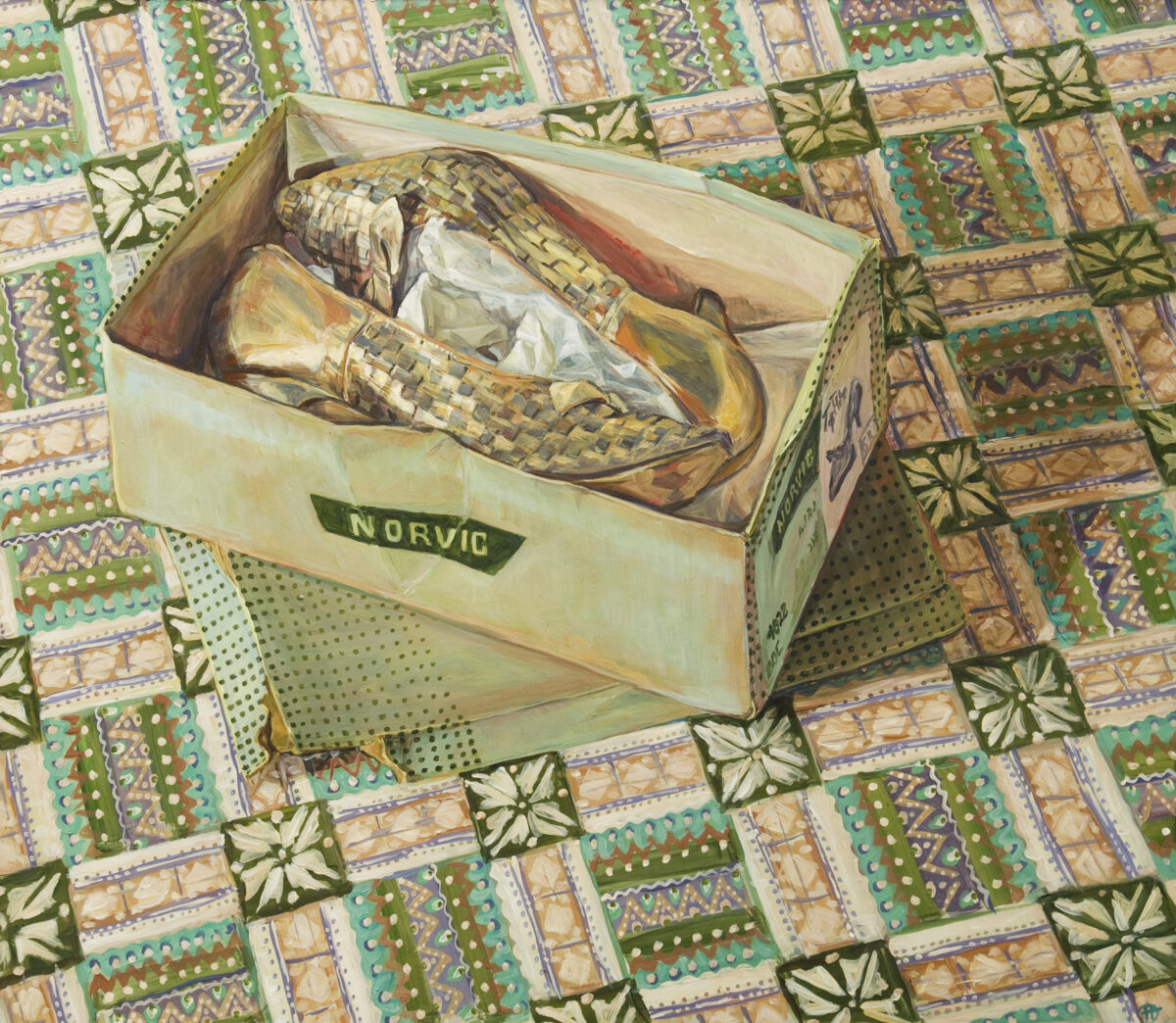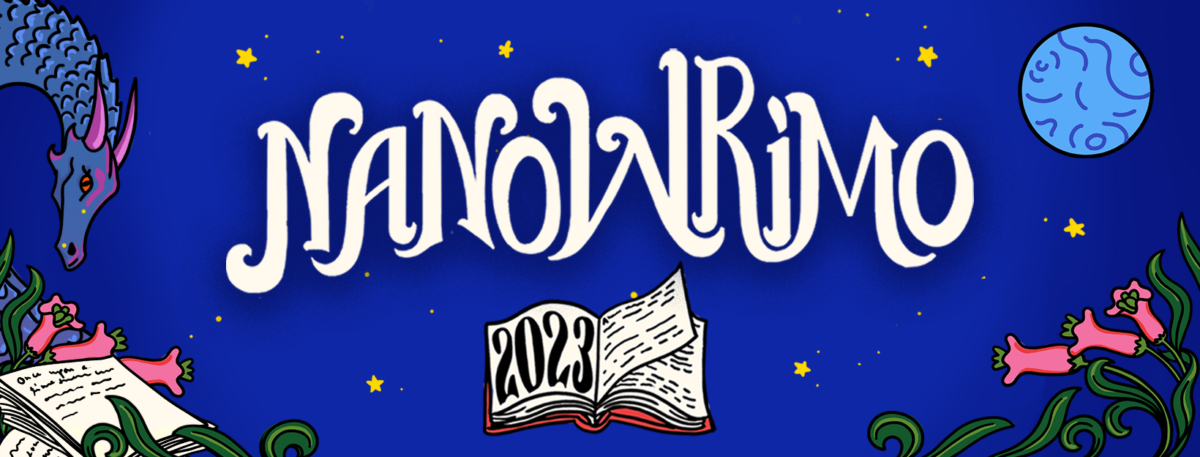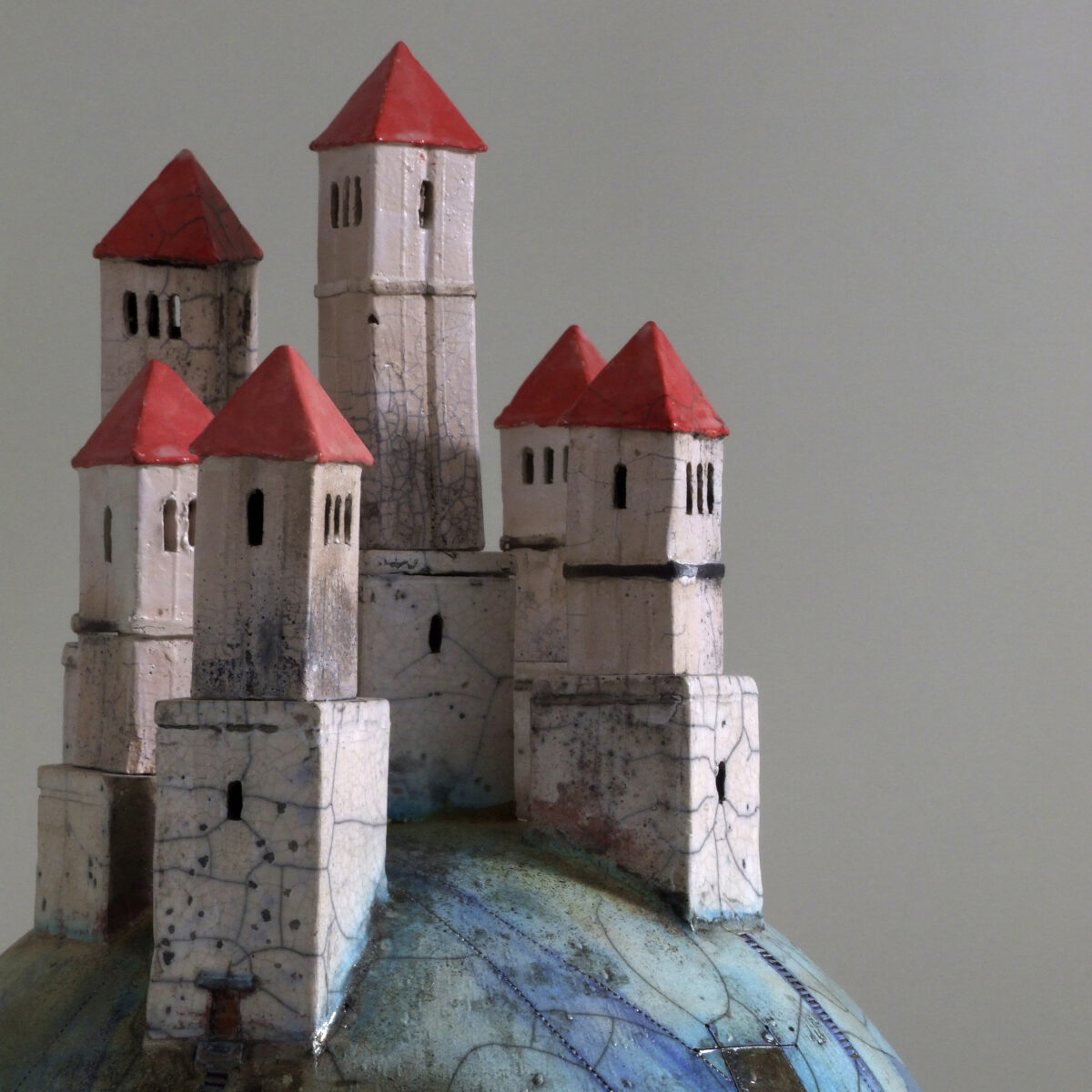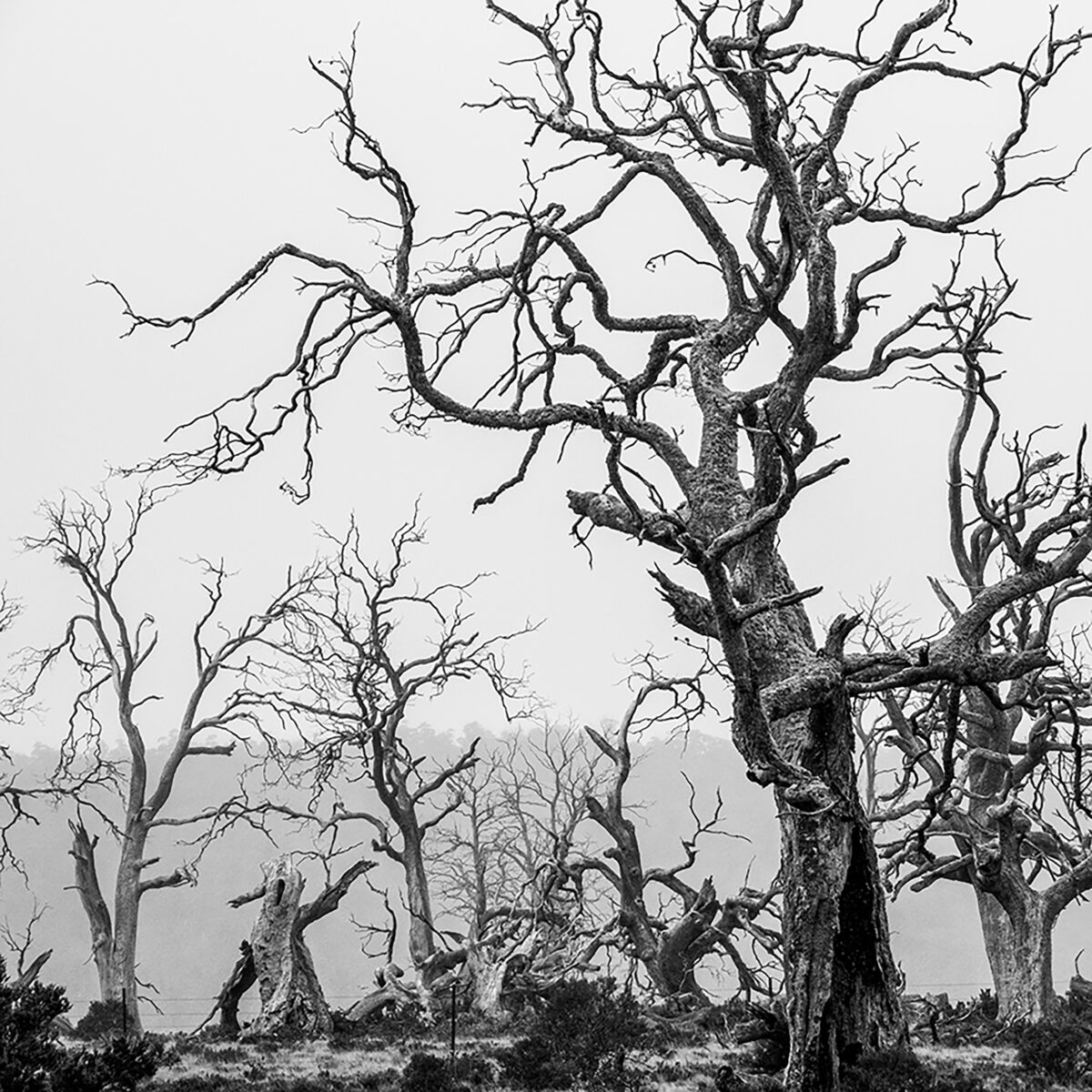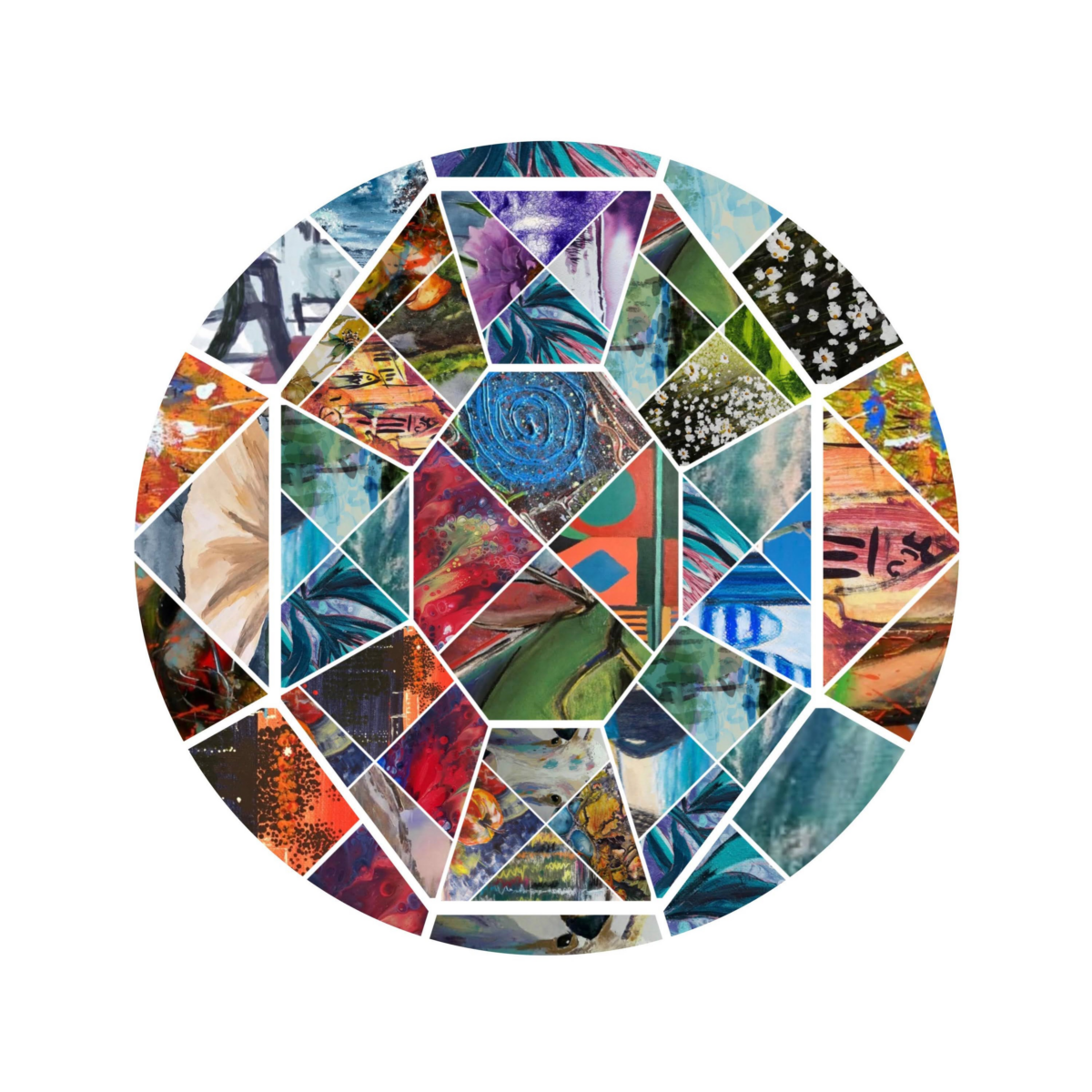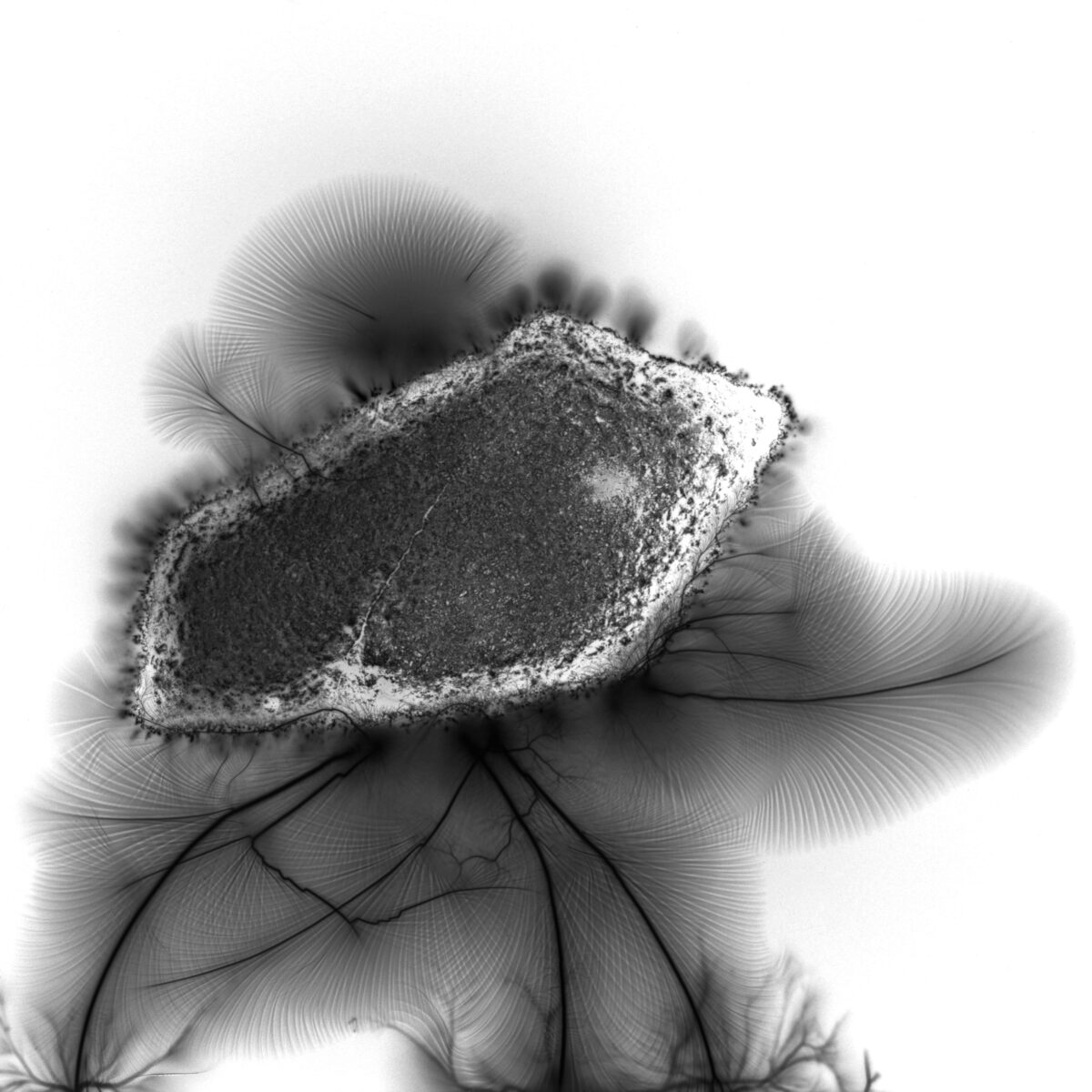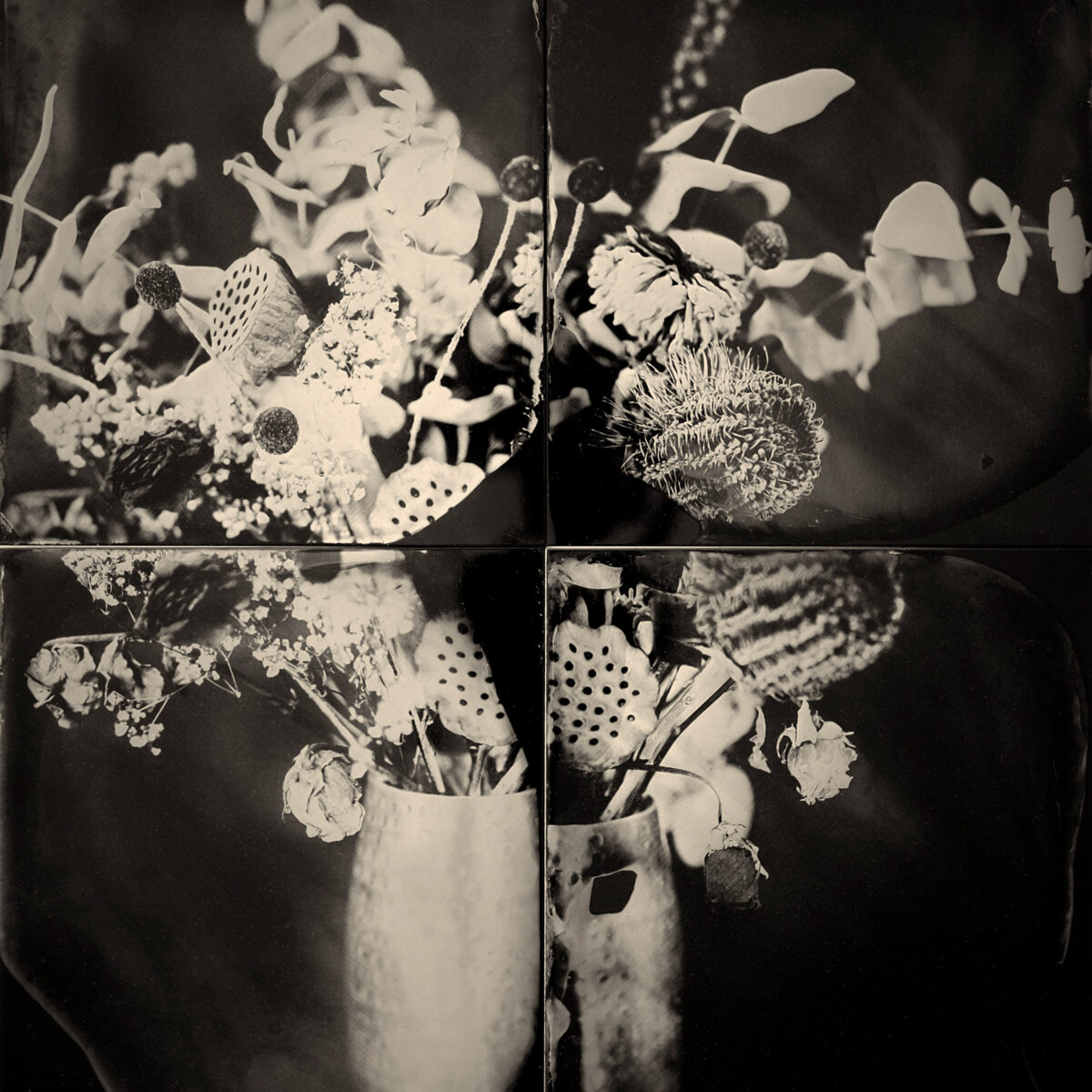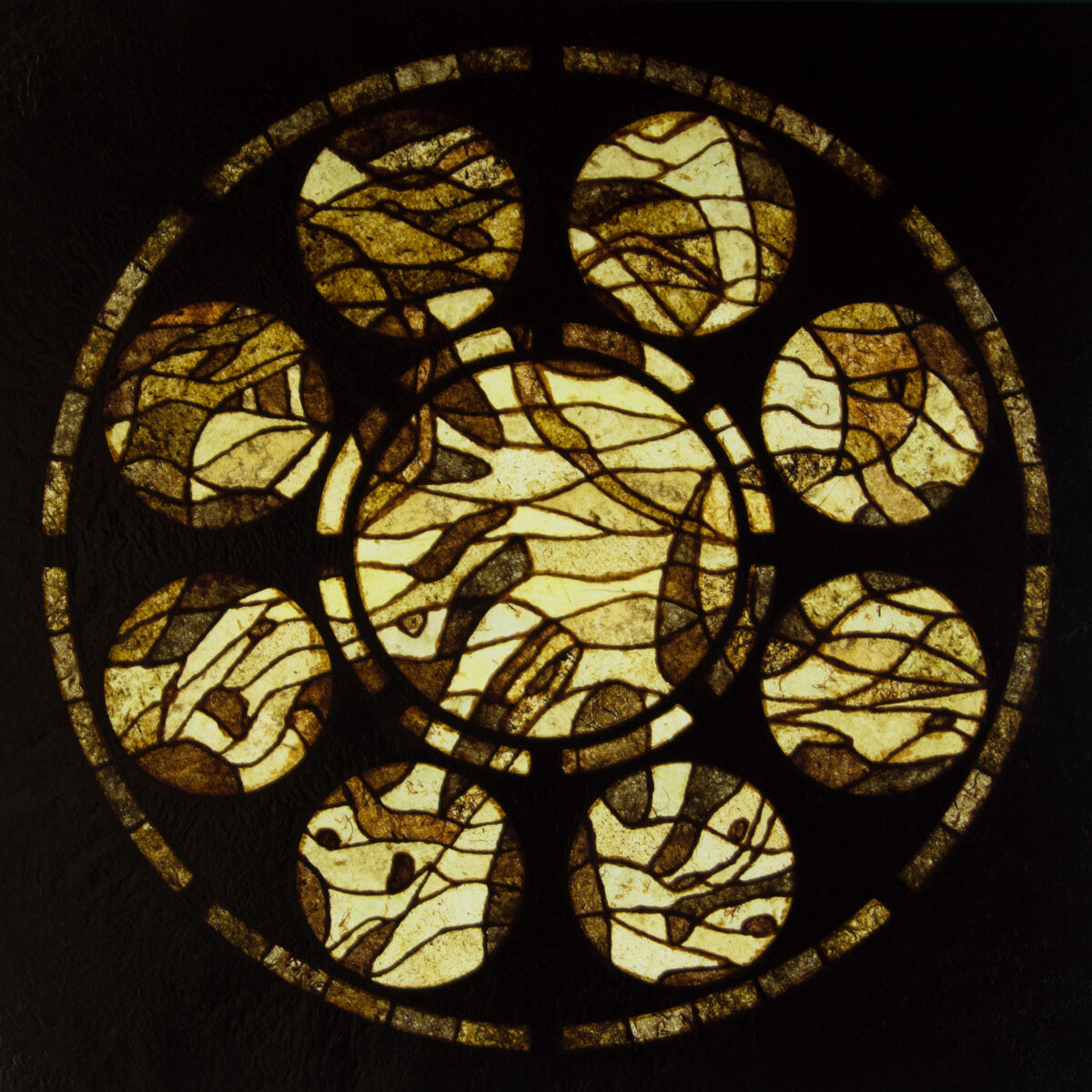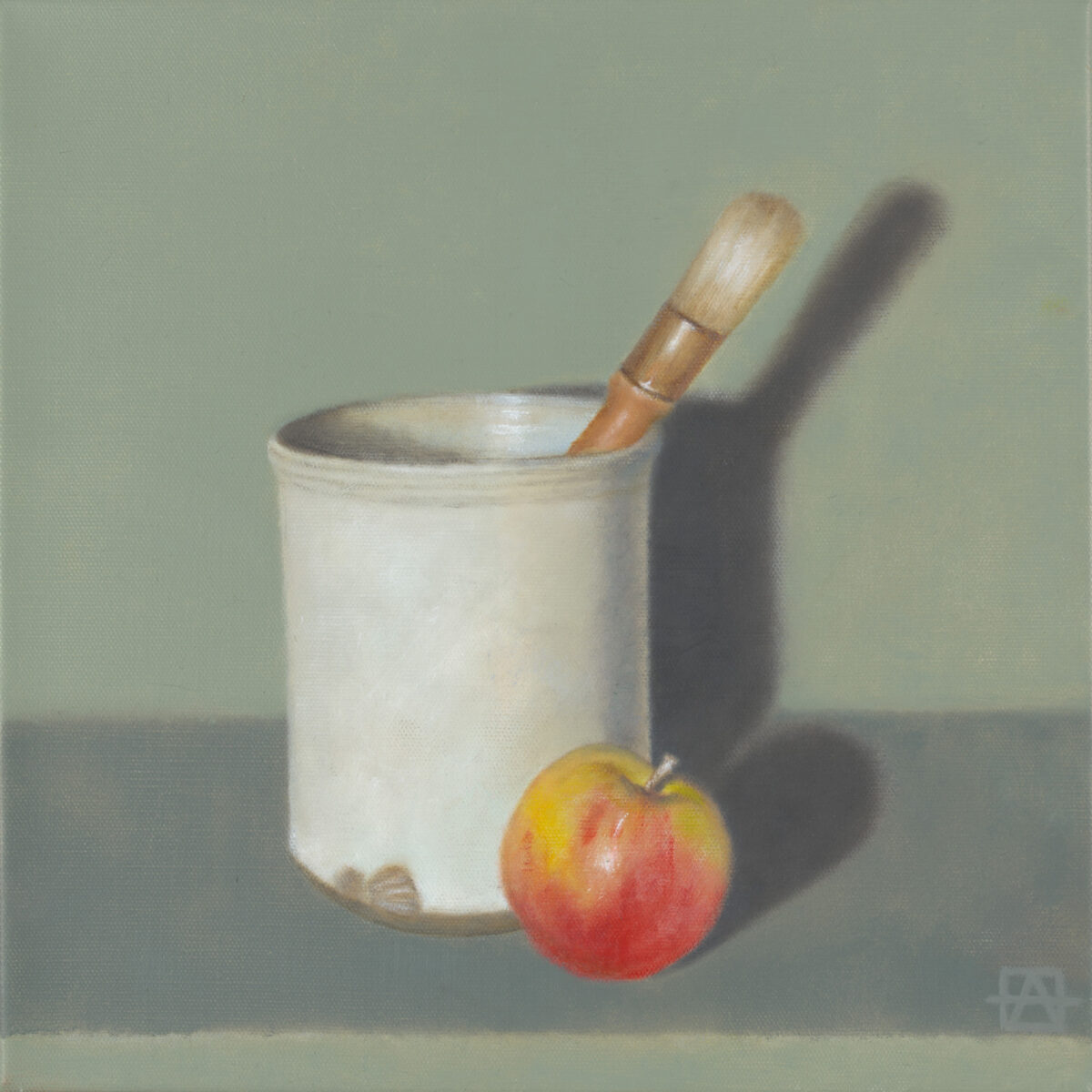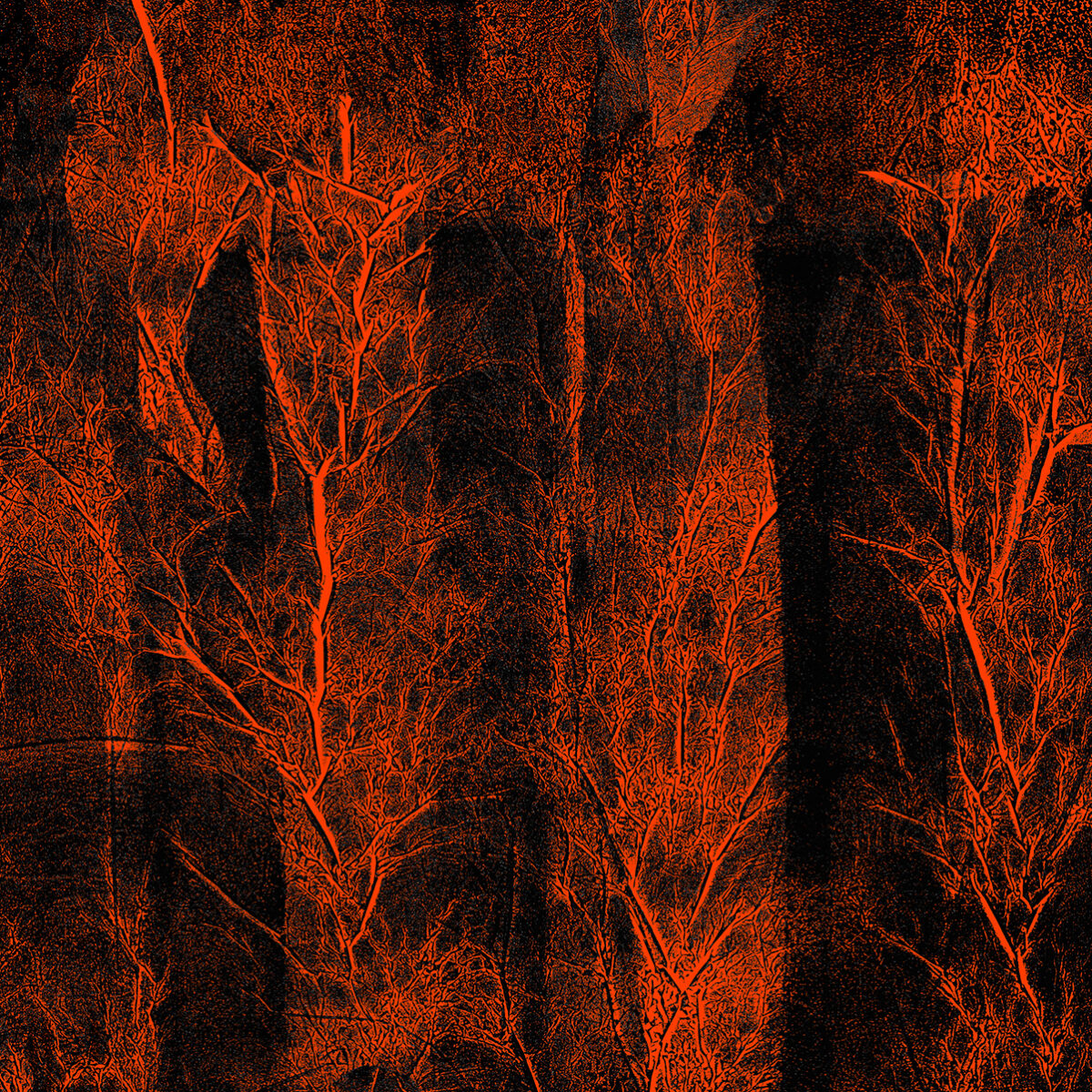Presented by Henrietta Manning
An installation of paintings and text exploring the meaning, connections and value that can be placed on an object. Shoes. From ancient superstition, fantasy and Cinderella, shoe fetishism and fashion, shoes mean many things to many people. Shoes hold memories, reflecting back moments in time of our footprints on earth.
References to shoes and feet permeate our language. To ‘’start off on the right foot’’ has come to mean to make a good start at something, but go back further and you will discover it was considered unlucky to put on your left shoe first. The phenomenon of shoes hidden in fireplaces, walls, under floors and in roof spaces is documented, if not fully explained. A practice thought to ward off evil or possibly to ensure fertility and happiness. The oldest shoe was found in Winchester Cathedral dating to 1308 and many are in private homes. These superstitions were brought to Australia by immigrants and the artist has worked from shoes loaned to her and even found under her properties historic apple packing shed.
A shoe can be practical, or an expression of stature, an extension of personality and individuality. A well-worn shoe carries the imprint of its owner. From your first to your last shoe, they can connect you to memories of places, times and people. The shoes of the deceased can be highly emotive and difficult to part with. ‘Cynthia I’ was painted in memory of the artists mother in the expectation she would then be able to let go of her mother’s shoes, she still has them!
It is both fascinating and horrifying the obsession and money spent on shoes, from Imelda Marcos’s personal collection, brand trainers, to collectors of the shoes of the famous or the excess of the 2018 Passion Diamond Shoes (USD 17 million made from diamonds and gold). Paintings from life of those hidden dark dusty mysterious shoes found secreted in and under buildings will contrast with the bright and shiny footwear abandoned in opportunity shops with which some have tortured their feet. When considering the ramifications of our footprint/lifestyle on the planet it would be pertinent to consider the waste generated by the fashion industry.
What do shoes mean to you?


